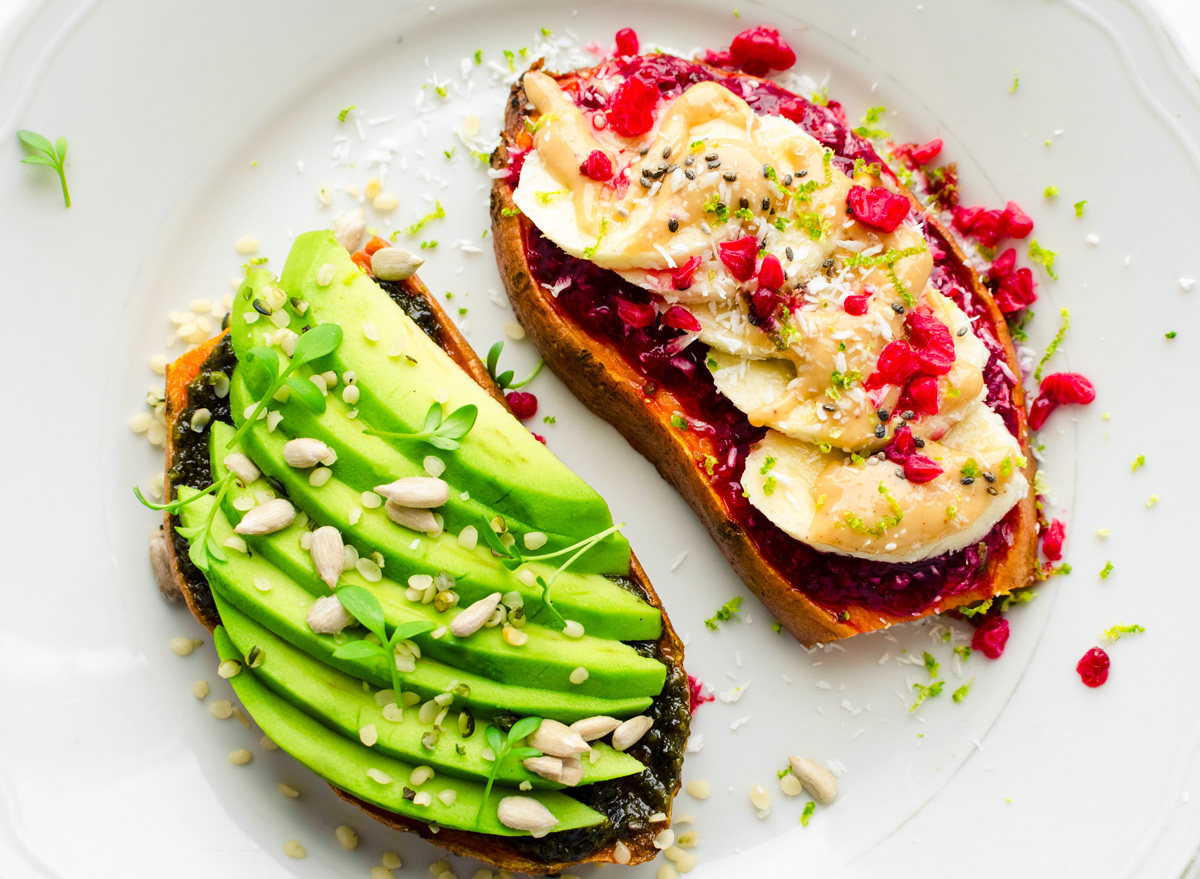The Unhealthiest Way Food Is Fooling You

It's easy to get wrapped up in the appearance of food. After all, how many times have you adjusted a plate before digging in to get a perfect shot for Instagram? You might not give much thought to the assumptions you subconsciously make about a food or ingredient based on its appearance, but a recent study published in the Journal of Marketing found that consumers often equate prettiness with healthiness when it comes to food, even though that's not always the case.
Inspired by marketing tactics in food ads, especially on social media platforms like Instagram, lead author Linda Hagen, Ph.D., assistant professor of marketing at the USC Marshall School of Business, aimed to find out whether aesthetics give people the wrong impression about nutrition. (Related: 100 Unhealthiest Foods on the Planet.)
"One interesting Instagram account specialized in plating junk food in the same way high-end restaurants would plate food," Hagen told Eat This, Not That!. "This got me thinking about whether pretty presentations had the power to make even unhealthy food seem a bit more nutritious." Considering consumers see an estimated 7,000 food and restaurant ads a year, many of which promote fast food, basing decisions on aesthetics could seriously impact your eating habits.
In a series of six main studies and four supplemental studies, a total of 4,301 participants were shown both photographs of food and actual foods and asked to judge them as healthy or unhealthy, and processed or unprocessed. Across the board, people judged prettier versions of the same exact foods to be healthier despite assuming they cost the same in most cases.
The pretty foods had specific characteristics called "classical" aesthetics, which are ideals found in nature—like symmetry, along with order and systematic patterns like a honeycomb or a web. In one experiment, Hagen set up a produce stand on campus at USC and had students estimate the price of either a cosmetically perfect bell pepper or an odd-shaped one that typically wouldn't make it onto a produce cart because of its appearance. On average, the students said they would pay 56% more for the aesthetically pleasing pepper because it was perceived as healthier.
But even with meals—one experiment involved photos of ugly avocado toast versus Instagram-worthy avocado toast, for example—the more aesthetic versions were seen as healthier and more natural, but no more tasty or expensive than the messier foods. Hagen said that while they certainly take more effort to achieve, classical aesthetics don't actually indicate naturalness. And just because food is more natural doesn't mean it's healthier.
"I found that people believe that prettier food is more natural and thus contains fewer calories and less fat, as well as more nutrients. Very generally speaking, that is an oversimplification," Hagen explained. "In some cases, greater naturalness or less processing does preserve some nutrients better, and the body may be better equipped to process them than synthetic alternatives. But I think it's wrong to automatically assume that more natural food is always healthier in terms of calories, fat, or nutrients than less natural food."
So what can you do to avoid being duped by aesthetics? Other than just remembering that looks aren't everything and natural foods aren't always healthier, Hagen thinks that a common form of intervention could help keep consumers from judging foods by their colors and patterns.
"In one of my experiments, I found that placing a disclaimer under the image that reminded people that the food had been modified for the photo offset the positive effect of prettiness," she said. "The pretty food version with the disclaimer was judged as equally healthy as the ugly version. This points to an effective intervention."
For more healthy eating news, make sure to sign up for our newsletter.








